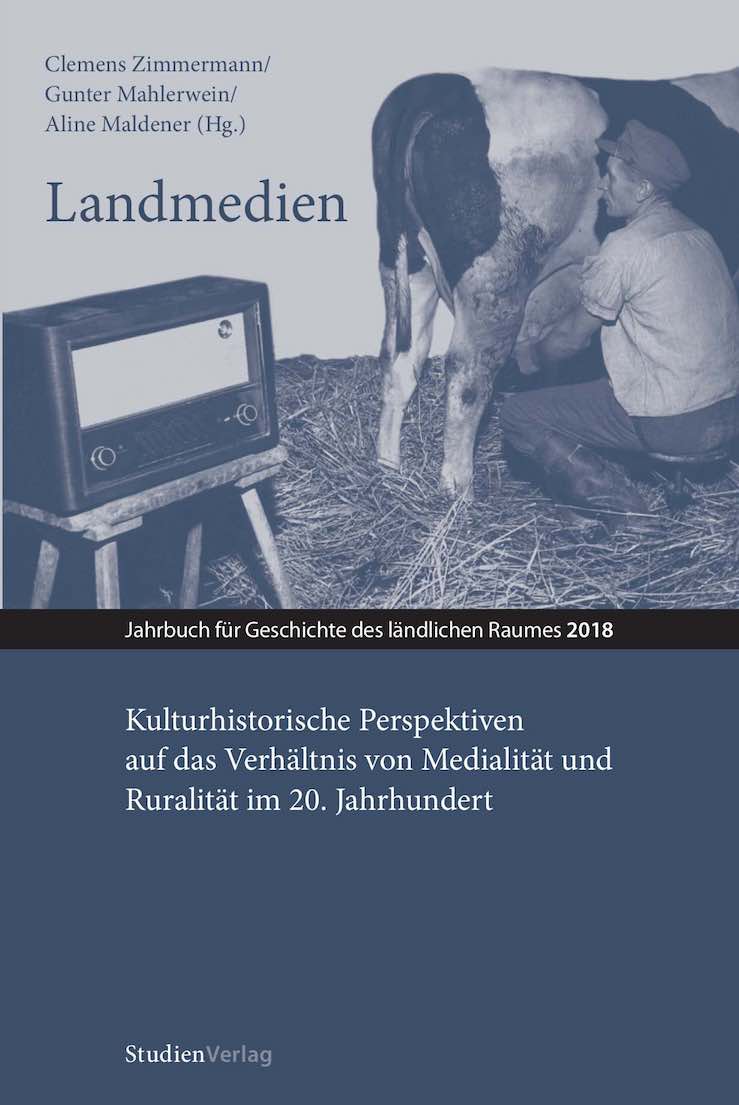Idyllic scenes as a kind of compensation?
Critique and romanticization of rural landscapes in 1960s/1970s West-German television documentaries and a current representation strategy of rurban Landlust (lust for the countryside)
DOI:
https://doi.org/10.25365/rhy-2018-12Keywords:
representation of rural landscapes, television documentaries, West-Germany, rurban lifestyle, televisionAbstract
Today’s television documentaries often represent rural landscapes as ‘the place to be’: quaint villages – but modern rurban lifestyles. It seems as if they want to make lust for village life. Even picturesque hamlets are shown as traditional and modern at the same time. The picture of rural life drawn in the 1960s/1970s is much more skeptical. TV programs like Schützenfest in Bahnhofsnähe. Beobachtungen auf dem Dorfe (1961) by Dieter Ertel and Georg Friedel, Ödenwaldstetten by Peter Nestler or Im Norden das Meer / Im Westen der Fluß / Im Süden das Moor / Im Osten Vorurteile – Annäherung an eine norddeutsche Provinz (1977) by Klaus Wildenhahn portray the countryside of West-Germany more or less as provincial backwater. These films do not illustrate idyllic scenes but restorative tendencies, anti-modernism, conservatism, militarism and/or nationalism. Since the end of the 1970s such programs became less important due to political campaigns and the partial privatization of the West-German television market. So, today’s television documentaries are much more affirmative. In my paper I examine a range of different factual modes of rural landscape representation from the 1960s to the 2010s.


